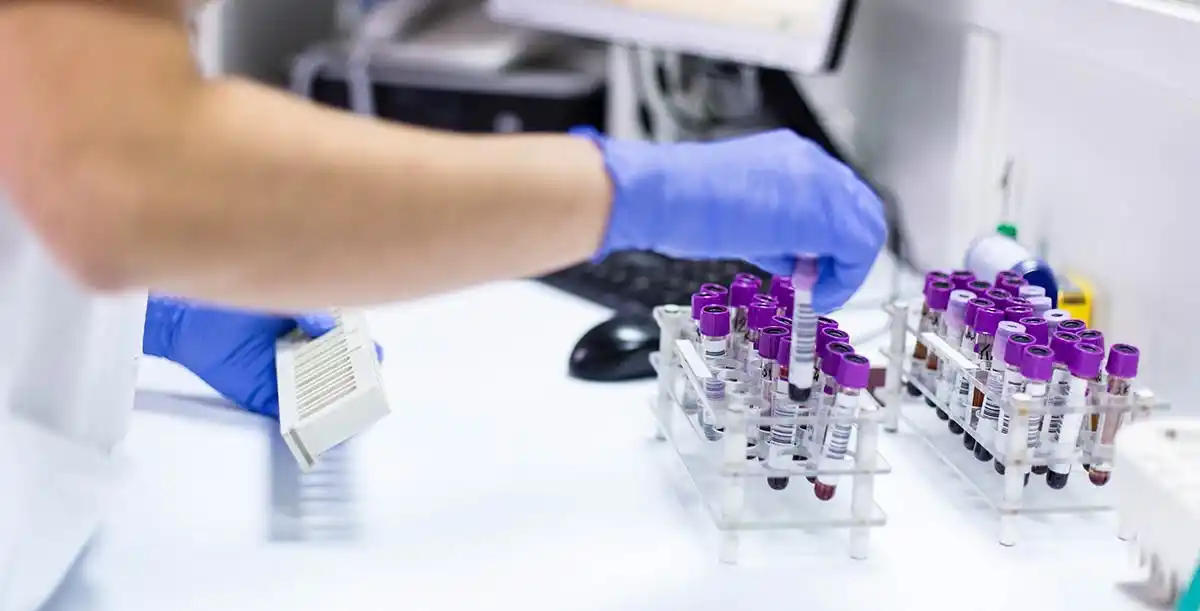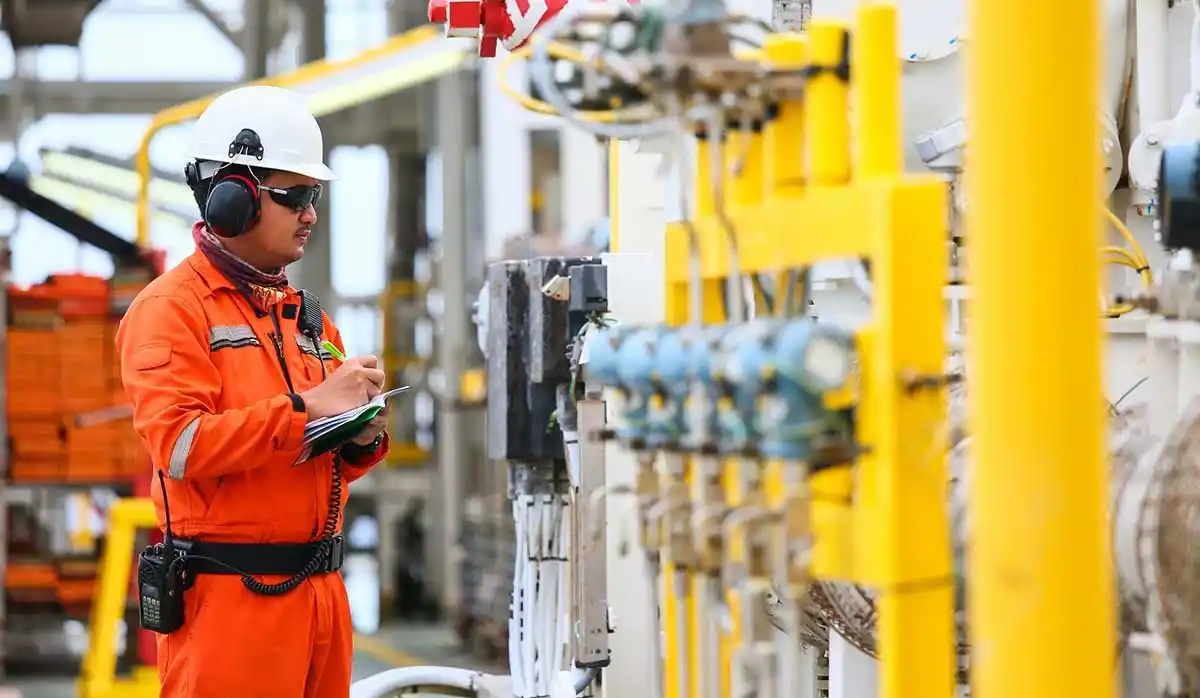The nation’s research facilities, laboratories, and private workplaces strive to ensure that work performed there is done safely and responsibly. Accurate analysis of occupational health issues is critical to mitigating the causes and effects of on-the-job exposures. From epidemiology and health surveillance studies to organizational culture evaluations—ORAU offers a comprehensive approach to helping customers focus on workplace hazards research and the occupational health and safety of workers. Before we dive into the specifics of the work that ORAU does, let’s take a step back to discuss some of the vocabulary involved in this line of work. Here are four terms to know in the world of epidemiology and exposure science:
1. Occupational epidemiology
One aspect of workplace safety culture that is regularly reviewed is occupational epidemiology. This term describes the study of worker populations and workplace exposures, generally chemical, biological or physical (e.g., noise, heat, radiation) agents, to evaluate the risk of adverse health outcomes. If your workers are exposed to these agents, it’s crucial to take the proper precautions in the workplace, not only for the health and safety of your workers, but also to ensure that you meet all local and national laws and regulations. For those needing assistance to check for compliance and employee health risks, our team of epidemiologists, biostatisticians, health physicists, industrial hygienists, and toxicologists offer comprehensive expertise in epidemiologic studies of occupational exposures.
2. Biostatistics

Biostatistics is one of the many methods that our team of experts can use to analyze occupational exposures. Biostatistics involves the design, analysis, and interpretation of data to help answer important questions in medicine, public health, and biology. Such questions include what exposures or other factors contribute to the development of cancer and other diseases, how long a person with a certain illness is likely to survive, or whether a new drug or treatment protocol is effective. Using the data collected, the team can address the issues identified and create the next course of action.
3. Medical screening
When testing individuals for occupational exposures, a process takes place that is commonly known as medical screening. What does this term mean? In occupational medicine, screening is used to determine if certain medical conditions may be attributable to occupational exposures. Following an individual on a regular basis in medical surveillance is prudent as many occupational diseases have a long latency period. In other words, just because an individual doesn’t show signs of impact immediately following their exposure, that doesn’t necessarily indicate that they are in the clear. ORAU is a part of two programs that test former energy workers for exposures, the NIOSH Radiation Dose Reconstruction Project and the National Supplemental Screening Program (NSSP).
4. Safety culture

In order to protect workers from being exposed to harmful substances, it’s important for businesses to actively examine their safety culture. This is an organization’s values and behaviors modeled by its leaders and internalized by its members, which serve to make safe performance of work the overriding priority to protect the workers, the public, and the environment. A safety conscious work environment is a work environment in which employees feel free to raise safety concerns to management without fear of retaliation. With a whole team focused on a sound safety culture, it’s easier to ensure that workers stay as healthy as possible.
Want to learn more about the services that ORAU provides for our clients? Explore our capabilities in epidemiology and exposure science and learn more about the industries that we are already serving.
